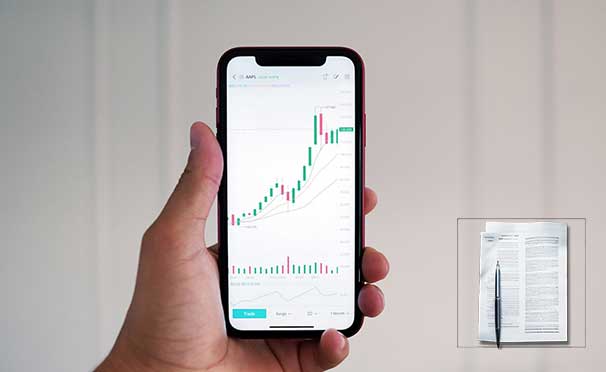Performance Based Pay
No Fee
| Case ID: | F-BIS-20230719-1-V1 |
|---|---|
| License: | CC BY-NC-SA 4.0 |
| Pages | 3 pgs |
| Case Study Analysis | Not Included |
| Teaching Notes | Not Included |
| Ai Level | Content co-authored with the OpenAI API |
| Category(s) | Finance: 9/10 |
The case of ‘Bullseye Investments’ addresses a key issue in the financial services sector: aligning employee compensation with company performance. The firm, currently using a fixed salary compensation model, is considering a shift to performance-based pay to retain its competitive edge. However, this shift poses challenges, including potential impact on employee morale, risk of promoting excessive risk-taking, and the difficulty of balancing rewards for individual and team performances. The case underscores the complexities of implementing such changes and their potential ramifications on company culture and ethical behavior, calling for a careful and strategic approach.
Course Category Ratings
- Finance: 9/10 - The case heavily focuses on financial management, more specifically on compensation strategies in the financial services industry. It highlights the dilemma in choosing between fixed salary structures and performance-based pay.
- Human Resource Management: 8/10 - The case involves key HR issues such as employee compensation, motivation, and retention. The HR perspective is central to understanding how performance-based pay can influence employee behavior.
- General Management: 7/10 - The case encompasses broader management decisions such as structuring of the pay system and its effects on organizational behavior, including risk-taking.
- Ethics: 6/10 - There are ethical implications hinted in the case, including the risk of fostering unethical behavior through a poorly executed performance-based pay structure.
- Strategy: 5/10 - While not explicitly stated, the case suggests strategic considerations in attracting and retaining top talent, as well as aligning employee and company interests.
Weaknesses of This Case Structure
- Lack of Specific Data: The case lacks specific data and details about the company's current situation. It would benefit from more concrete data on the company's size, market position, financial performance, or employee feedback on current compensation practices.
- Limited Stakeholder Perspectives: The case primarily emphasizes the perspective of the management team, neglecting to consider viewpoints of other stakeholders like employees, shareholders, and clients.
- Scenario Depth: The scenario presents a binary choice (implement performance-based pay or not) without exploring alternative options, such as a mixed or tiered compensation structure.
- Overemphasis on Potential Negatives: The case focuses heavily on the potential negative impacts of a performance-based system. While it's important to acknowledge these risks, the case could benefit from more balance in discussing potential positive outcomes.
Strengths of This Case
- Real-world Relevance: The issue of aligning compensation with performance is a pressing concern in the financial services industry, making the case highly relevant and applicable.
- Decision-making Focus: The case highlights a difficult decision, encouraging critical thinking and analysis of various factors such as employee morale, risk-taking, and balance between individual and team performance.
- Interdisciplinary Appeal: The case intersects various business disciplines like Finance, HRM, Ethics, and Strategy, making it useful for a variety of business courses.
- Ethical Considerations: The case implicitly introduces ethical dilemmas related to performance-based pay, promoting discussion on balancing profitability, fairness, and ethical behavior in business.





